A yellow cheese rated at medium to hard in the context of textural and physical integrity, Emmental cheese is classified as an alpine cheese originating from the country of Switzerland, wherein it is produced from cow’s milk and subsequently aged for up to eighteen months, depending on the specific type of Emmental cheese being produced.
However, certain situations and circumstances may require that Emmental cheese be substituted with a suitable enough ingredient that can replicate certain characteristics that are particular to Emmental cheese itself.
The best flavor substitutes for emmental cheese are fontina cheese, french comte, or havarti cheese. The best melting substitutes for emmental cheese are gruyere, fontina, and provolone. The best appearance substitutes for emmental cheese are Maasdam or American Swiss cheese.
What Recipes Feature Emmental Cheese – and Allow it to be Substituted?
Emmental cheese is considered quite versatile due to its ease in melting as well as its ability to retain quite a pleasing texture without any sort of milk solid or lipid separation despite the fact that it will be subjected to heat or moisture.
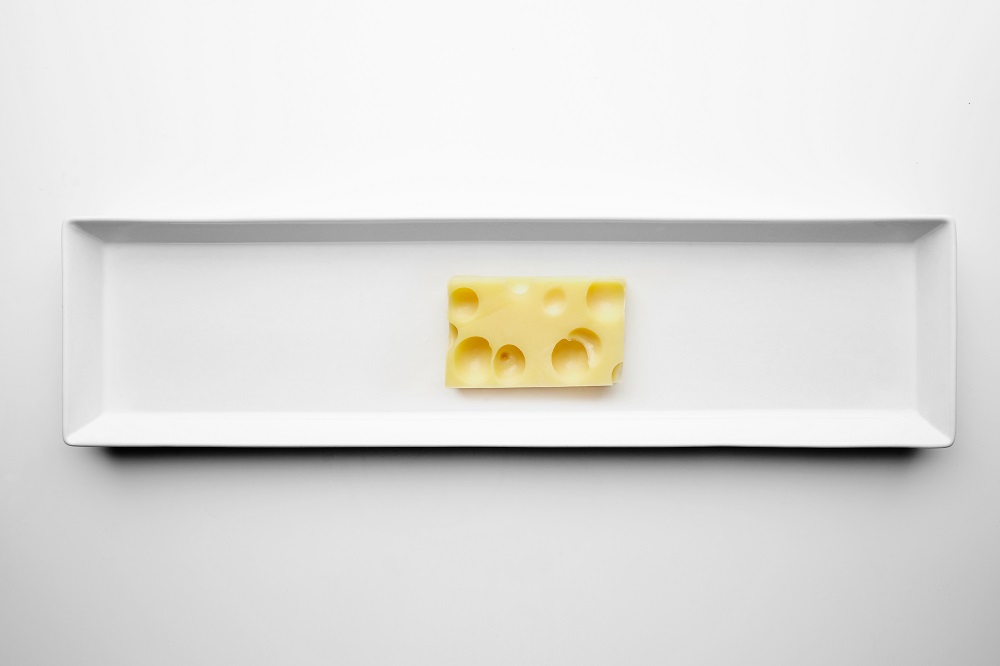
Even in recipes where Emmental cheese is not used as a melting cheese, its distinctive flavor profile of nuttiness with an underbody of butter and light notes of acidity can be excellent in addition to such dishes like sandwiches or charcuterie platters where it may be paired alongside sweeter and more light flavor profiles.
Emmental cheese is also quite distinctive in appearance, with its holes or “eyes” being a signature hallmark, allowing it to occasionally be used as an aesthetic ingredient in certain spreads.
All of the above recipes, however, are capable of having Emmental cheese substituted in some capacity or another through its replacement with a suitable similar enough ingredient, depending on what particular characteristic is required of the substitute ingredient.
Is Emmental Cheese the Same as Swiss Cheese?
Despite their similarity in appearance, Emmental cheese and swiss cheese are in fact distinct and slightly different from one another, with every chef needing to know the difference between the two so as to prevent the occurrence of utilizing the wrong one during cooking.
Swiss cheese is considered a simple Emmental cheese imitation, primarily found in the United States and intended for use in a recipe instead of as a stand-alone ingredient due to its less sophisticated and more mild flavor palette.
Emmental cheese, on the other hand, is rather more intense in flavor and as such is perfectly capable of functioning as a food on its own just as well as it could in a recipe.
Melting Substitutes for Emmental Cheese
Among one of the primary reasons Emmental cheese is so often used in the ingredient list of recipes is the fact that it is quite distinct in its ability to melt when placed under heat and moisture, lending a pleasing texture and excellent flavor to any dish it is incorporated into.
In the case of choosing to substitute Emmental cheese, however, it is quite fortunate that this particular characteristic of excellent meltability is not entirely native to Emmental cheese alone, and as such several other alternative cheeses may instead be used without much loss in concern to cheese melting.
Gruyere Cheese
Considered one of the best possible Emmental cheese substitutes possible, both in terms of its ability to melt as well as an extremely similar flavor profile save for a slightly stronger nuttiness, gruyere cheese should doubtless be one of the first substitute cheeses used when replacing Emmental cheese in a recipe.
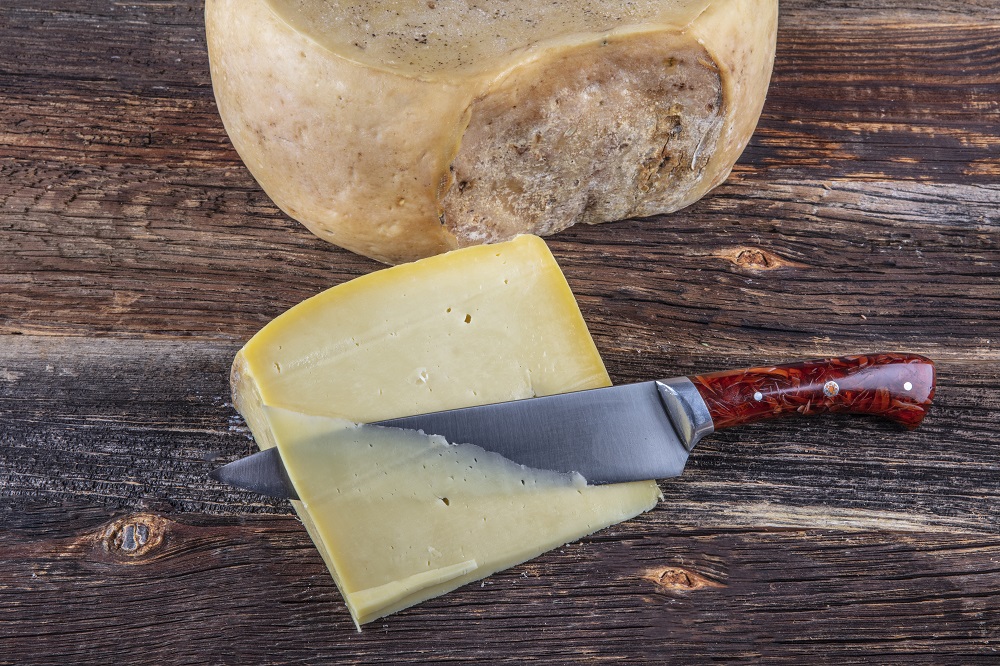
Due to its slightly stronger flavor profile than Emmental cheese, gruyere cheese may be used in somewhat smaller volumes when used as an Emmental cheese substitute, especially in such things like paninis and fondues wherein other ingredients do not entirely eclipse the flavor of gruyere cheese itself.
Fontina Cheese
Similar in texture when left in its non-melted form in comparison to Emmental cheese, fontina cheese presents a somewhat more rich and sweet flavor than the dairy product it is meant to substitute, though it is nevertheless an excellent melting substitute capable of melting in much the same environment that Emmental cheese normally would.
This makes fontina cheese a suitable substitute for Emmental cheese in terms of meltability and texture but not entirely in flavor, wherein its sweeter and creamier taste profile may be at odds with certain ingredients that would otherwise mesh quite well with Emmental cheese in a recipe.
Provolone Cheese
Considered one of the best possible cheeses for the purposes of melting in a recipe, provolone cheese is an excellent substitute for Emmental cheese within the context of its incorporation into such things like cheese melts, sandwiches and provoleta wherein its ability to melt even more readily than Emmental itself makes it more than suitable as a dairy alternative.
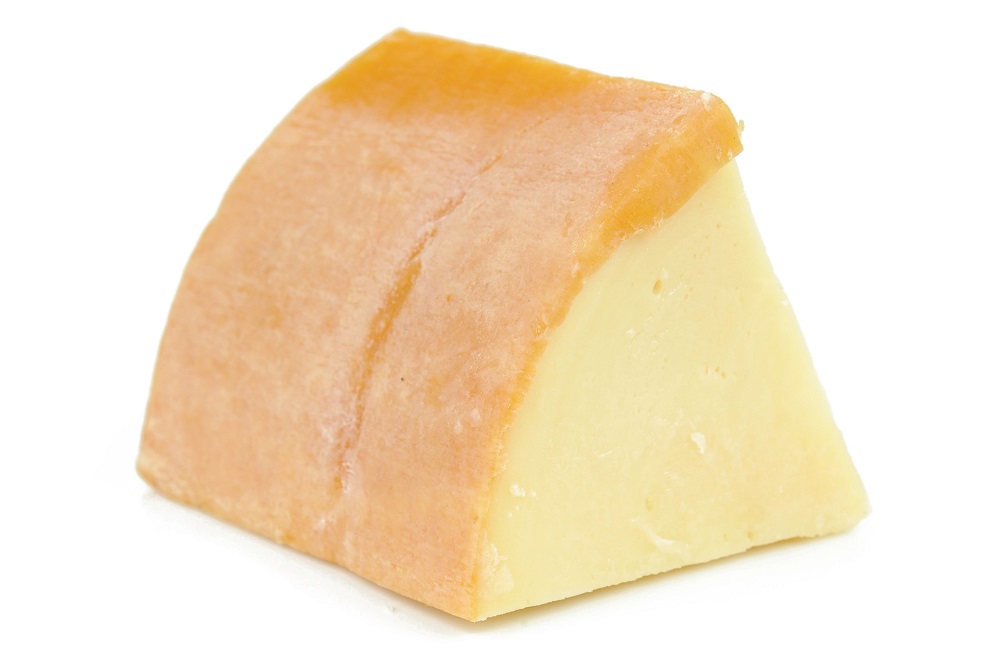
However, the taste profile of provolone is more often compared to other neutrally flavored cheeses, unlike the distinct nuttiness and light acidity that would ordinarily be presented by Emmental cheese, especially in recipes that cause it to melt – thereby making its lipid compounds more easy to taste.
Flavor Substitutes for Emmental Cheese
As was previously mentioned in another section of this article, a hallmark characteristic of Emmental cheese is its distinct flavor profile; of which is most often characterized as nutty and possessing flavors akin to that of butter, all of which is accented by a fruity and acidic accentuation.
Unfortunately, due to the unique and traditionally unpasteurized nature of Emmental cheese in regards to its method of production, such a flavor profile is quite rare among cheeses, with only a few possible candidate substitutes existing, some of which are possibly more difficult to acquire than Emmental cheese itself.
Fontina Cheese
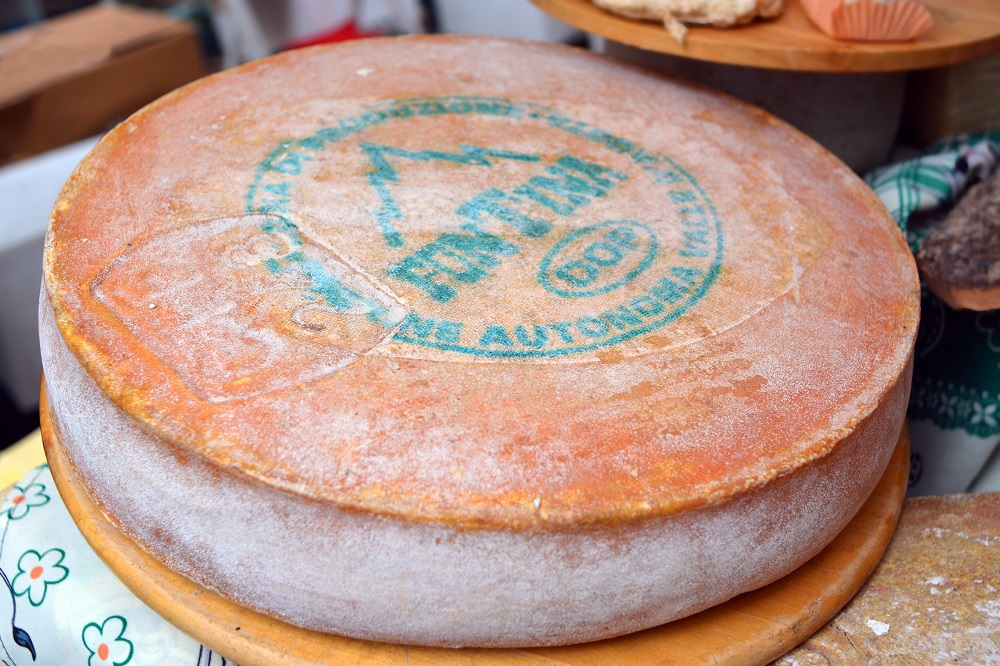
Somewhat softer texturally and not as effective a melting cheese as Emmental itself, fontina cheese is nevertheless considered to be quite similar to Emmental cheese in terms of flavor, with the same distinct nuttiness present in its body of taste, belied by a savoriness that may accent certain ingredients normally found in recipes that usually incorporate Emmental cheese instead.
This makes fontina cheese best used in such dishes that do not require a textural substitute to Emmental cheese – while still requiring a similar flavor profile be imparted to the dish by a cheese product, usually with the dish taking such forms like sandwiches or crackers.
French Comte
Similar in physical integrity and texture to Emmental cheese, French comte cheese presents a similar flavor profile to the Swiss cheese product, though with somewhat differing ratios of flavor notes.
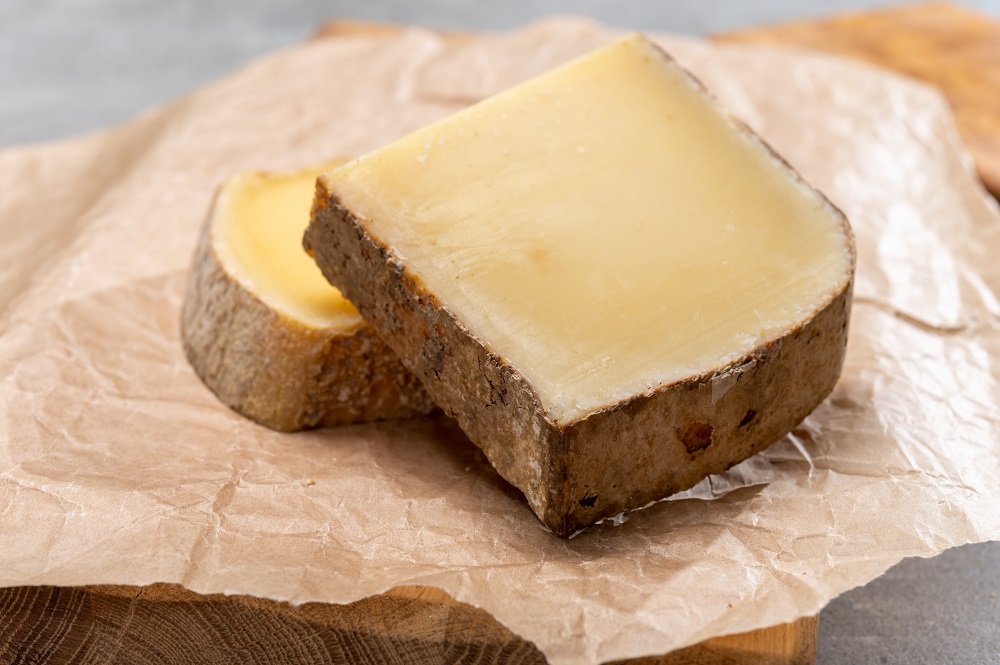
This is most noticeable in the fact that French comte possesses a more distinct fruity and acidic undercurrent than Emmental cheese, of which is nonetheless present in the latter as well, simply in smaller volumes.
French comte cheese also imparts both an aroma and flavor of nuttiness and butter, just like the cheese it is meant to substitute, though in somewhat more mellow intensities, with the particular strength of its nutty flavor notes increasing as the cheese is aged for longer periods of time.
Havarti Cheese
Softer than Emmental cheese despite a somewhat lower percentage of fat content per unit of volume, Havarti cheese is nonetheless a suitable flavor substitute to Emmental cheese, both in recipes wherein it is meant to be melted or otherwise left uncooked.
Havarti cheese is known for imparting a significantly buttery aroma and flavor, making the primary body of flavor in Havarti cheese somewhat similar to what would normally be found in Emmental cheese save for its somewhat more mild nuttiness.
This, however, is belied by the nearly identical level of acidic and fruity flavors shared between the two cheeses, making Havarti cheese best used in recipes that do not require as intense a nuttiness as it would a buttery and acidic flavor profile.
Appearance Substitutes for Emmental Cheese
Another distinctive characteristic of Emmental cheese is its rather striking appearance, with the presence of holes throughout its flesh that are otherwise referred to as “eyes” by cheesemakers.
These holes are primarily created during the processing and production of Emmental cheese by bacteria that, during their lifespan and act of consuming the cheese’s raw products, thereby excrete carbon dioxide, producing air pockets that produce the appearance of holes distributed throughout Emmental and Swiss cheese alike.
In the somewhat uncommon instance that a recipe or spread requires an alternative cheese with a similar appearance or presence of “eyes” in its body, several other dairy products are known for undergoing much the same carbon dioxide driven air pocket formation as Emmental cheese.
Maasdam Cheese
Considered an “Emmental style” cheese, maasdam cheese is an occasionally waxed semihard cheese produced from pasteurized cow’s milk with a rather short aging time in comparison to other cheeses that possess internal voids or holes throughout its flesh.
Similar both in color and in the fact that it has eyes produced by carbon dioxide pockets from its ripening process, maasdam makes an excellent appearance substitute for Emmental cheese, especially when sliced into thin sheafs that may be placed alongside other aesthetically appealing ingredients in a charcuterie board or spread.
American Swiss Cheese
Considered an imitation of Emmental cheese, swiss cheese produced in the United States possesses similar eye holes throughout its flesh, though not all brands of American swiss cheese have such an appearance, and those without said internal voids are referred to as “blind” American swiss cheeses.

Because of the fact that swiss cheese is produced in a similar manner and with similar ingredients as Emmental cheese, it also possesses a yellow color that is quite close that would normally be found in the younger forms of Emmental itself.
References
1. Making Swiss Cheese. David B. Fankhauser, PhD. Professor of Biology and Chemistry. University of Cincinnati Clermont College
2. Liz Thrope. (Sep 26 2017) “The Book of Cheese: The Essential Guide to Discovering Cheeses You’ll Love” Flatiron Books Publishing Retrieved via Google Books ISBN 1250063469, 9781250063465
3. Green, M., & Manning, D. (1982). Development of texture and flavour in cheese and other fermented products. Journal of Dairy Research, 49(4), 737-748. doi:10.1017/S002202990002286X
4. Unknown Author. (2014) The Cheesemonger’s Seasons. Retrieved via Google Books. Published 2011. Accessed December 31, 2021. https://books.google.com.ph/books?id=ctEWAgAAQBAJ&pg=PA80&redir_esc=y#v=onepage&q&f=false



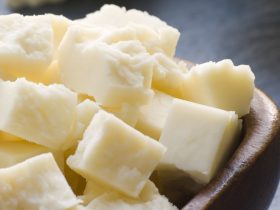

Hi, I'm Dom
Dom Eats was started to help other people fall in love with food. While cooking can feel intimidating, it doesn't have to be.